This was an afternoon walk, from my place, and then along the Cooks River, mainly busting the local Tawny Frogmouth nests, then continuing on to Barton Park – where I inspected the latest habitat destruction caused by the new development of the sporting fields.
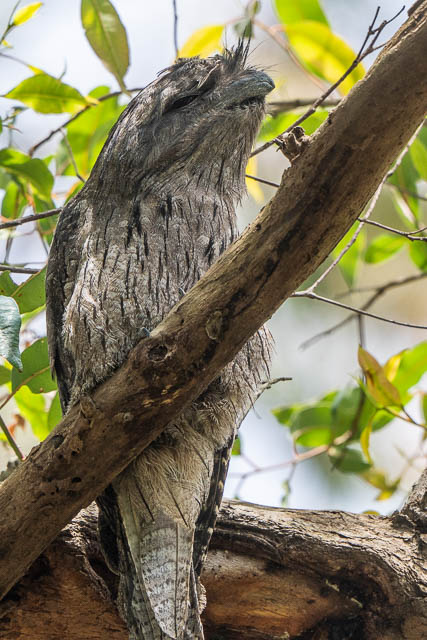
First stop was at Marrickville Golf Course to check how the Tawny Frogmouth family were doing. I soon found all four birds – the two parents and their two chicks perched on the same branch.
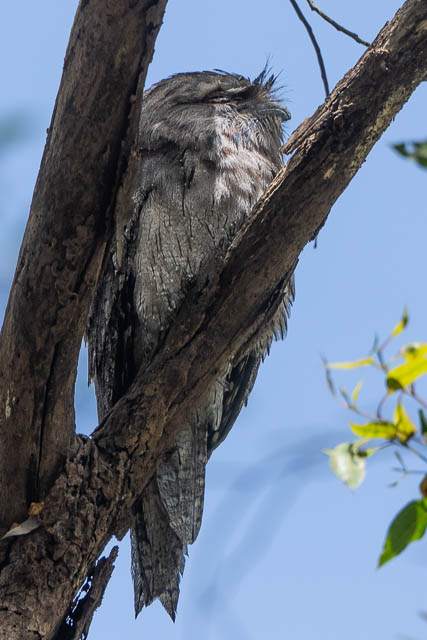


Then down by the Cooks River, I photographed a Willie Wagtail –


Next stop was Gough Whitlam Park. There was no change in the tawny Frogmouth sitting on its nest. I really can’t see evidence for more chicks. This was the best where a dead chick was recently seen on the ground below the tree.
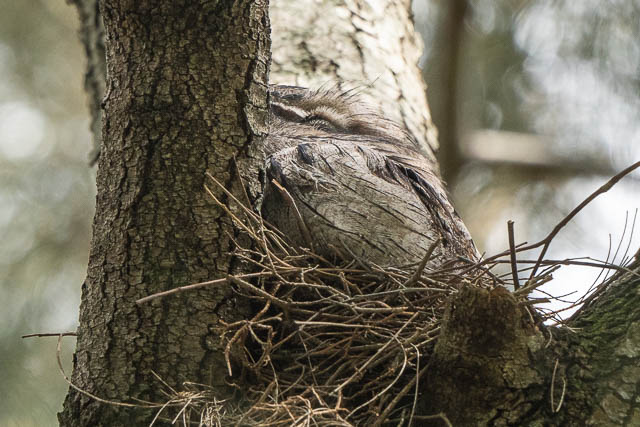
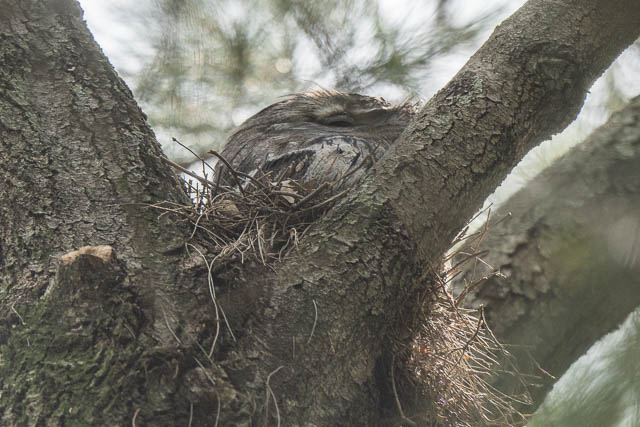
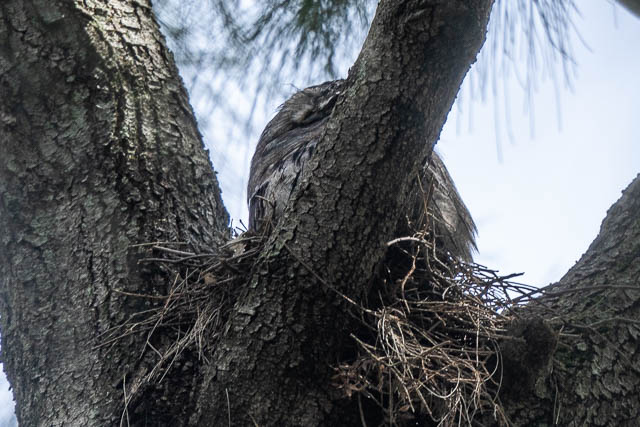
Then to Barton Park. A lot of the park has been bulldozed – including the slope being the Landing Lights Wetland. This is the same slope that was cleared of weeds not long ago and replanted with native shrubs.

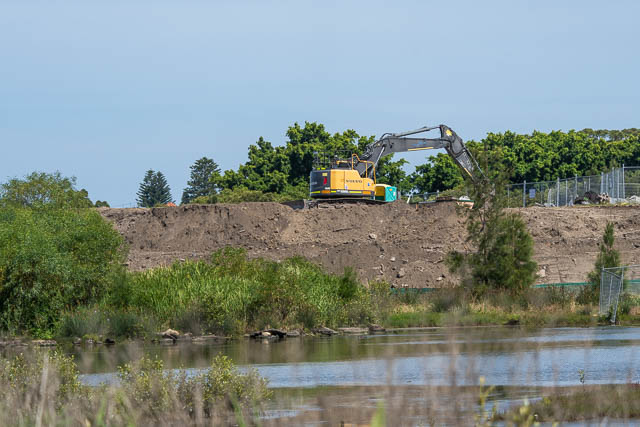
On this side of the old stadium, near the now demolished grandstand was a row of native trees – mainly tall Eucalypts. These sadly have gone.
Here is a lonely Red-browed Finch –

And all along the Spring St Canal – the habitat (mainly Lantana) has been bulldozed away. This was the home to Brown Honeyeaters, New Holland Honeyeaters, Tawny Grassbirds, Red-browed and Double-barred Finches, Mannikins, Superb Fairy-wrens, Yellow-rumped Thornbills, Yellow Thornbills, Black-faced Cuckoo-shrikes, Magpies, Magpie Larks. And the habitat has been cleared away during these bird’s breeding season.
I could see a some of the displaced Starlings (they used to forage on the grass outside the stadium) in the wetland.


I must admit I left early, a bit sad and shell-shocked.

How incredibly sad. That must have been hard to see. I was always amazed by what you saw so close to an urban area.